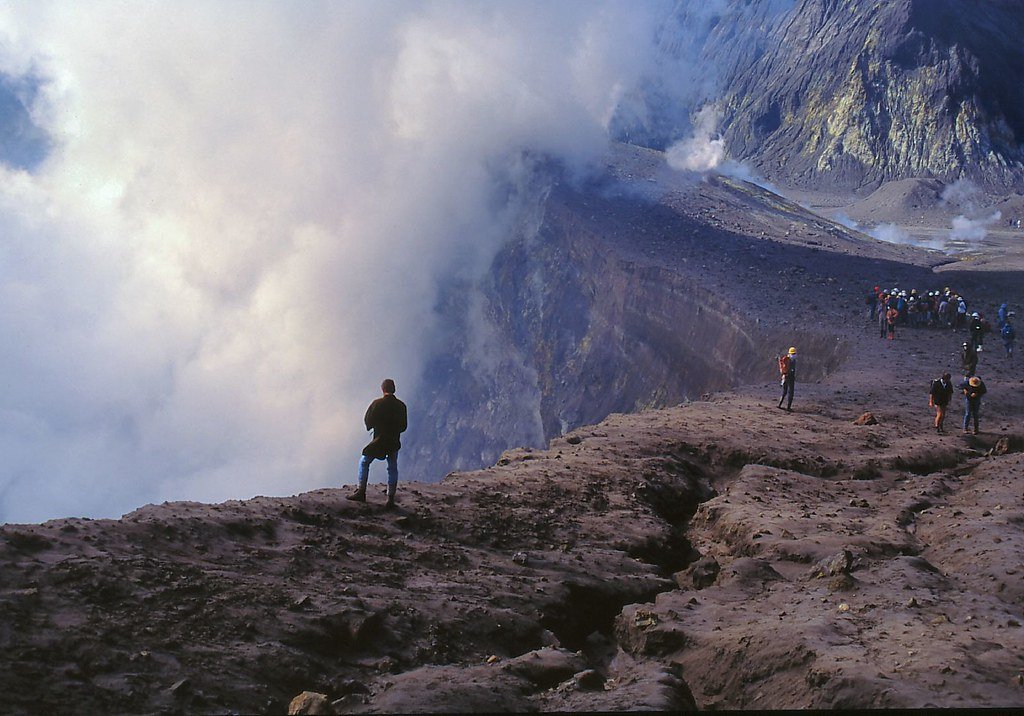Hawaii may be on most people’s bucket lists but the cost of getting there can put people off – luckily, there’s a spot in Europe that’s easier and cheaper to reach, but just as spectacular.
São Miguel is the largest island in the Azores, an archipelago that flies the Portuguese flag but is autonomous and sits in the centre of the Atlantic Ocean.
It is in the running to be European destination most unlike any other and quickly immerses visitors in its unique world.
Not only is it filled full of lush vegetation, bubbling spas and green lagoons, it is home to an array of amazing animal species.
Its remote location several thousand kilometres from the European mainland means it has its own endemic species that have been exciting nature enthusiasts for as long as visits to the islands have been possible.
In fact, you’ll want to don your hiking boots to explore the lush forests where you can find the likes of juniper shrubs, heather and laurel, while the tropical climate means it’s the only location in Europe where tea grows alongside the likes of hemp, bananas and pineapples.
São Miguel’s position in the middle of the ocean means waves have thousands of kilometres to build higher and higher until they smash onto the shore, producing some magnificent swells year round for surfers.
If you are brave enough to risk getting hurled around by the Atlantic waves then you may find yourself coming face to face with a string of marina animals which rarely make it to other parts of Europe, including sperm whales and fice species of sea turtles.
Travelers can further immerse themselves in the aquatic adventure with scuba diving, surfing, and stand-up paddleboarding.
The islands’ location between Africa and mainland Europe on one side, and South America on the other, means its an almost obligatory stopping point for birds migrating across the ocean, with kites, royal terns and lesser Atlantic berta fluttering about.
If kicking back and relaxing is more your thing then the 20 volcanic, black sand beaches of varying sizes on São Miguel are perfect for that.
Those on the north of the island experiences powerful swell and are best suited for those experienced with ocean surf, while spots on the south coast are much gentler and ideal for families.
As a seasoned tourist resort the island is well equipped to deal with visitors, meaning that many of the more popular beaches have changing facilities, toilets and showers, along with car parks.
You can expect to find lifeguards patrolling the busiest beaches in high season.
Mountain landscape with hiking trail and view of beautiful lakes Ponta Delgada
Even when the weather is bad the sea water here is warm due to the presence of underwater hydrothermal springs.
A trip to São Miguel is not complete without taking a dip in one of the numerous thermal springs which are littered across the island.
Throughout the year the volcanic routes of the island heat up the mineral rich waters of its springs to a level perfect for a long soak while covered in its rejuvenating mud.
One of the most beautiful places on the island is the Lagoa das Furnas, a lagoon that is not only a perfect swimming spot, but has its own meat stew that is cooked underground by volcanic heat.
Another must visit is the 18th century Terra Nostra Park, a stunning gardens with a lake-pool filled with mineral-rich thermal water.
The winding trails of Sete Cidades offers visitors a great route through the famous twin crater lakes on the island, one of which is blue, one of which is green.
Getting to São Miguel take just over four hours non-stop from the UK, with tickets varying in price widely.
There are plenty of places to stay on the island, from Furnas pods for £125 a night, a room in a hotel in Santa Barbara for £48 a night and a five bed villa with a pool and jacuzzi for £859 a night.

Sao Miguel Europe’s answer to Hawaii
Subscribe
Login
0 Comments
Oldest




